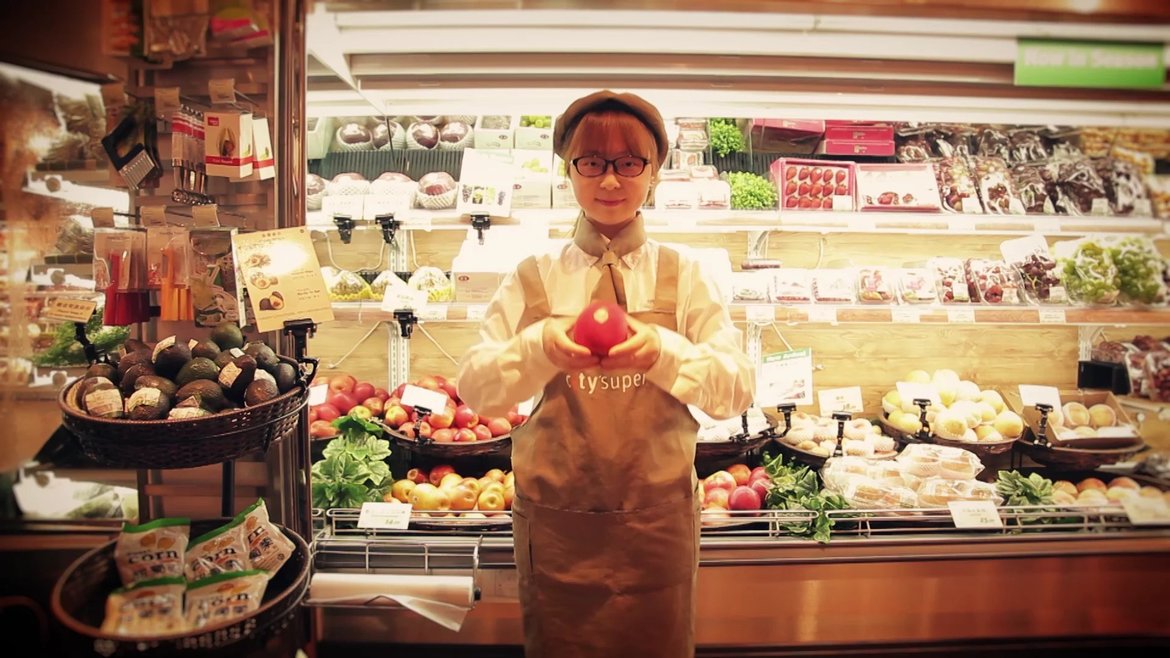New Zealand apples are loved around the world thanks to a varietal development programme that has been tailored to meet different markets’ palates, T&G Global Marketing Manager Rosstan Mazey says.
New Zealand apple growers are producing apples for more than 100 markets around the world, to meet their different preferences for size, colour and taste.
With dozens of varieties being grown in New Zealand, as well as many more new breeds in development, growers have learned to tailor the apples they produce to suit the evolving palates of consumers from around the word, Mazey says.
For more than five decades the United Kingdom and Europe have been crunching Braeburns and Cox’s Orange, which have a sharper flavour than newer varieties.
“The United Kingdom and European consumers have quite traditional palates for the most part and enjoy a good, full-flavoured apple with a acid balance.”
North Americans have also become hooked on the taste of New Zealand apples over the years, and recently they have been biting into Gala and Fujis in their droves.
The various regional markets of Asia have seen significant development over the past 10 to 15 years. Alongside established markets like China, Japan and Taiwan, New Zealand apples are popular throughout Southeast Asia, with Myanmar the most recent addition.
“North American and Asian markets have seen strong growth in new varieties which are sweeter such as Fuji, Jazz and Envy. The industry has done a great job developing varieties for the growing Asian markets.”
Wherever they’re sold, New Zealand apples are seen as a premium product thanks to the positive perception of the country, he says.
“Consumers know us as a clean, green country with a low population. It’s a country they aspire to visit so when they see produce from New Zealand it has really positive connotations. As an exporter we’re fortunate to be able to leverage this perception but we need to support it with consistently good quality and safe products.
“We have lots of fantastic growers who have built this strong quality position for us on the world stage, and the fantastic people in the markets and on the marketers’ board, and the exporters who are bold about trying new things. We need to be different because we are more expensive than other larger producers and we need our apples to attract a premium.”
This means upholding our integrity on the orchard and being stringent on quality when packing.
“We’re resolute about the quality of the apples going into our boxes. They need to be of a high standard in terms of physical appearance. People buy with their eyes so every box has to meet requirements for colour grade, size, shape and blemish.
“They commit with their mouths, so our apples need to consistently deliver on taste and texture so the consumer will come back and purchase New Zealand apples again and again”
New Zealand’s main southern hemisphere competitor is Chile. They compete for the same market window and they have a cost advantage over New Zealand as the cost of land and labour is lower, making it cheaper for them to produce apples, he says.
“That’s an advantage for them and for certain markets they’re geographically closer. Overall we have a much higher cost to market model, which is why we’ve got to be consistently delivering the best quality apples.”
Mazey says technology is helping to reach and build connections with consumers in their markets.
“In North America and some Asian countries social media platforms now have phenomenal reach and growing influence on consumer perceptions and behaviour. In China we’re on Weibo and WeChat trying to connect with consumers and engage them with our brands. We are also seeing an increase in online platforms sales in China, so we’re working with our partners to create and deliver campaigns that build brand awareness and motivate purchase and trial.”
However he says some things will never change - such as the impact of an in-store tasting promotion.
“The mantra we work to is that consumers buy with their eyes but commit with their mouth so it’s still very important for people to try the apples to understand how good they are and make the purchase.”

